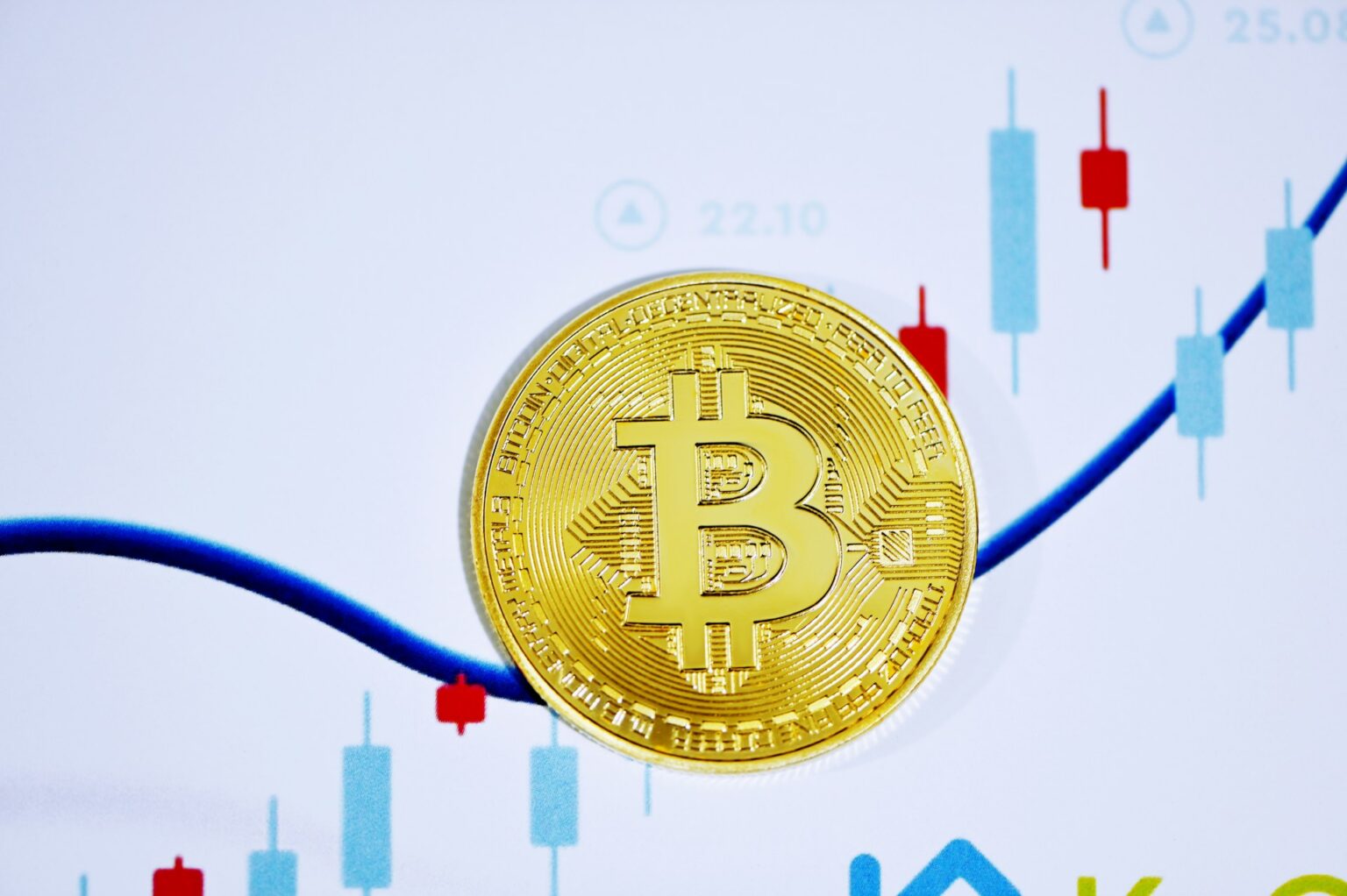In recent times, global markets have been experiencing turbulence, reacting sharply to international policy changes. The latest development, the introduction of baseline trade tariffs by the U.S., has impacted both traditional equity markets and the burgeoning world of cryptocurrencies. Investors across the spectrum are taking a step back to re-evaluate their strategies amidst this economic shake-up, with particular attention being paid to Bitcoin (BTC) as it navigates these challenges.
Understanding Bitcoin’s Stability Amidst Trade Tariff Impacts
Bitcoin’s Strength in Uncertain Times
A recent analysis by Finances Zippy indicates that Bitcoin has maintained a notable level of resilience in the face of the recent tariffs imposed by the U.S. government. While there is a palpable shift towards risk-aversion within the market, BTC has not mirrored the severe declines seen in many altcoins. Specifically, Bitcoin’s drop of 19.1% contrasts sharply with Ethereum’s 44.1% decline since the tariff announcement.
Even more pronounced are the losses faced by certain digital assets rooted in emerging technologies and community-driven narratives, with some tokens witnessing a downturn of over 50%. On the other hand, traditional safe-haven assets like gold have thrived, achieving new peaks amidst the prevailing economic uncertainty.
The interplay between Bitcoin and traditional equity markets is further underscored by trade tariff developments. Following the initial tariff announcements, the correlation between BTC and equities stood at -0.32, climbing to 0.47 in subsequent months. This shift signifies an alignment, albeit temporary, of Bitcoin with the wider market sentiments.
Prospects for Bitcoin in a Protectionist Economic Landscape
Sustained tariffs could pose additional hurdles for the cryptocurrency sector, potentially dampening investor confidence and intensifying recession concerns. Increasing import costs may also fuel inflationary pressures, heightening fears of economic stagnation.
However, an economic downturn might spur the Federal Reserve into reducing interest rates and employing quantitative easing measures, which historically benefit risk-on assets such as Bitcoin. Such policy shifts could serve as a catalyst for Bitcoin’s growth, as observed by crypto analysts, who foresee a potential BTC upswing linked to global monetary supply trends. At present, Bitcoin is priced at $79,989, reflecting a 3.6% rise in recent trading sessions.
Exploring Bitcoin’s Long-Term Viability
Bitcoin’s ability to maintain its standing against macroeconomic challenges reflects positively on its long-term potential. Investors continue to demonstrate confidence by accumulating BTC, suggesting that the cryptocurrency may be carving out a unique niche independent of broader market influences.
Is Bitcoin Set for Growth Despite Economic Protectionism?
Bitcoin’s performance amidst protectionist policies hinges on multiple factors, including government monetary strategies and market sentiment. While immediate challenges exist, strategic actions by financial institutions could foster conditions beneficial for Bitcoin’s ascent.
What Influence Do Global Economic Policies Have on Bitcoin?
Global economic policies significantly impact Bitcoin, with trade tariffs and monetary adjustments directly influencing market dynamics. Investors should closely monitor economic indicators and policy changes to make informed investment decisions.
How Should Investors Approach Bitcoin Amidst Tariff Conflicts?
Navigating Bitcoin investments during tariffs requires a balanced approach, taking into account both macroeconomic trends and Bitcoin’s historical performance. Diversifying portfolios and staying informed on policy updates can help investors mitigate risks.
In this detailed exploration of Bitcoin’s current standing and future prospects, we delve into its response to trade tariffs and potential pathways for growth. The insights provided aim to empower readers with the knowledge needed to navigate the complex landscape of cryptocurrency investing.

